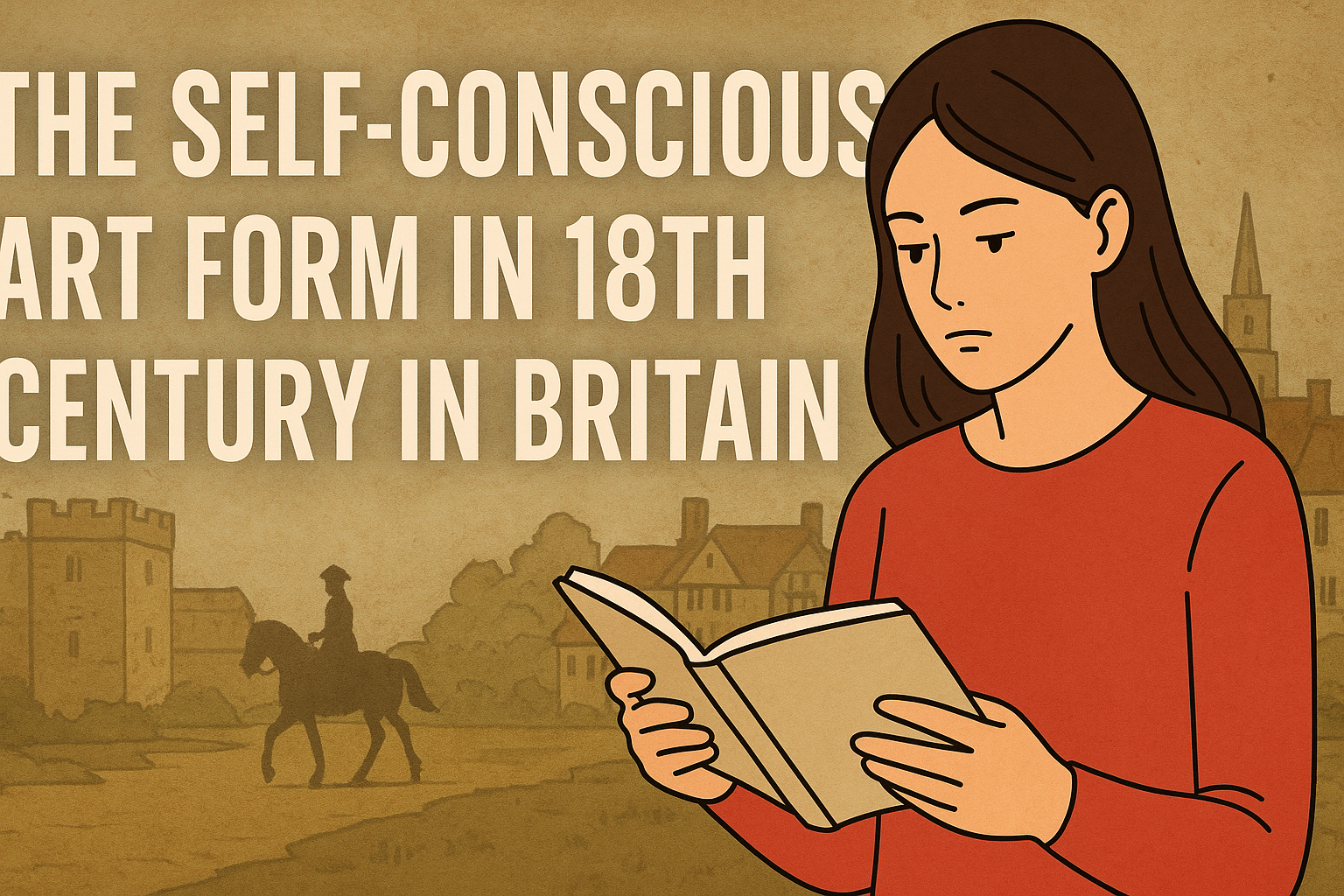The 18th century in Britain was a remarkable period of literary transformation. Writers and poets began to see literature not just as entertainment, but as an art form that reflects human thought, society, and creativity. This growing awareness gave birth to what we call “The Self-Conscious Art Form.” In this era, literature became self-aware — writers started discussing the purpose and process of writing itself. The term “Self-Conscious Art Form” refers to literature that is aware of its own artistic nature. Writers became more conscious of style, form, and expression rather than only focusing on content. They questioned what is the purpose of writing, how should art imitate life, and can art exist for its own sake. This self-awareness became a major characteristic of 18th-century British literature. The 18th century was also known as the Age of Reason and Enlightenment, when society focused on logic, order, and clarity. The middle class grew rapidly, creating a new reading audience, and the printing press expansion made books and magazines more common. These developments encouraged writers to experiment with language and structure. Alexander Pope, famous for “An Essay on Criticism” and “The Rape of the Lock,” showed deep awareness of poetic form and style. Jonathan Swift, in “Gulliver’s Travels,” used satire not only to mock society but also to comment on the art of writing itself. Samuel Johnson, in “Preface to Shakespeare” and “The Lives of the Poets,” examined how literature influences moral and emotional life. Henry Fielding, in “Tom Jones,” described the novel as a “comic epic in prose,” which clearly shows self-consciousness about form. Major features of the self-conscious art form include focus on form and structure, critical awareness, satirical tone, imitation versus originality, and reader’s awareness. Understanding this topic helps BBMKU Semester 4 students see how British literature evolved into a mature and reflective tradition. It connects 18th-century writings to modern literary theories like aestheticism, realism, and romanticism. The 18th century marked a turning point where writers began to view themselves not just as storytellers, but as artists shaping culture and thought. The idea of “The Self-Conscious Art Form” made literature an instrument of reflection, art, and criticism — a legacy that continues to shape modern writing.
